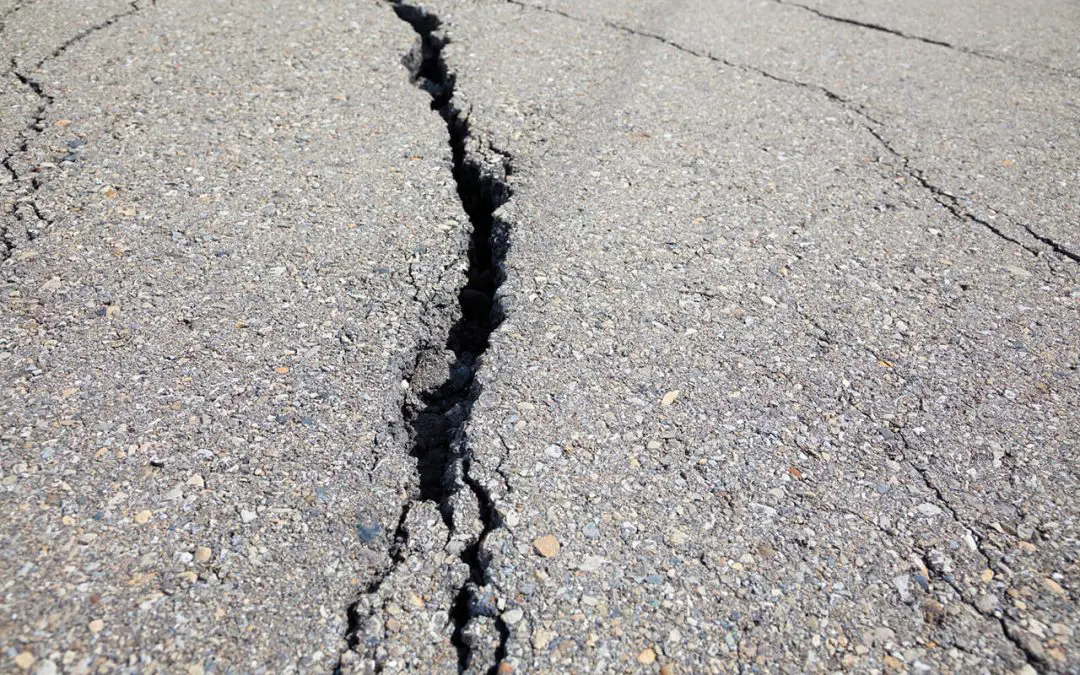Your driveway is one of the first things people notice about your home, and maintaining it enhances curb appeal, safety, and longevity. Homeowners may face driveway issues ranging from minor cracks to severe structural damage. In this guide, we’ll discuss how to fix common driveway problems effectively and efficiently.
Addressing Cracks and Small Holes
Cracks and small holes in your driveway are unsightly and lead to bigger problems if left unattended. The key to fixing these issues is to address them as soon as they appear. A simple concrete crack filler or asphalt patch will do the trick for small cracks. Start by cleaning out debris from the crack, then fill it with the appropriate material. You might need a more robust solution like a cold patch or hot asphalt mix for larger holes. After filling the hole, compact it well and make sure the surface is level with the rest of the driveway.
Resolving Potholes
Potholes cause damage to vehicles and pose a safety risk. To fix a pothole, remove loose debris. Next, apply a pothole patching compound or cold patch asphalt, compacting it in layers for stability. For a more permanent solution, use hot asphalt, which may require professional assistance for the best results.
Fixing Drainage Issues
If your driveway has poor drainage, water may pool on it, leading to erosion, cracking, and potholes. The first step in addressing drainage issues is to identify the source of the problem. Check for low spots where water collects and install a French drain or trench drain to redirect water away from the driveway. The surrounding landscape needs to slope away from the driveway for proper water runoff.
Dealing with Driveway Problems Caused By Surface Deterioration
Over time, the surface of your driveway will deteriorate due to weather and use. Resurfacing is an effective method to restore asphalt driveways’ appearance and functionality. This involves applying a new layer of asphalt over the existing surface. For concrete driveways, you might need to resurface with a concrete overlay. Both methods will give your driveway a fresh look and extend its life.
Repairing Sunken Driveways
A sunken driveway could indicate underlying problems such as poor soil compaction or erosion. To fix a sunken driveway, you may need to lift the affected area through mudjacking, where a slurry mixture is pumped under the sunken section to raise it to the desired level. Alternatively, polyurethane foam injection can be used as a less invasive approach.
Addressing Tree Root Damage
Tree roots can cause significant damage to driveways, lifting and cracking the surface. To fix this, you might need to remove some roots. This often involves cutting the roots and installing a root barrier to prevent future growth under the driveway. Once the roots are removed, repair the driveway surface by filling in cracks or replacing damaged sections.
Sealing Your Driveway
Sealing your driveway is an essential maintenance step that protects against water, oil, and UV damage. For asphalt driveways, apply a high-quality sealant every 2-3 years. Use a concrete sealer to guard against stains and surface damage for concrete driveways. Always clean the driveway thoroughly before sealing, and follow the manufacturer’s instructions for the best results.
Maintaining your driveway doesn’t have to be a daunting task. By addressing issues promptly, your driveway will remain in excellent condition for years. If you encounter more significant problems, don’t hesitate to seek professional help.
Driveway Problems FAQs
How often should I inspect my driveway for problems?
Inspecting your driveway twice a year in the spring and fall is a good practice to catch issues early before they become major problems.
Can I fix large cracks and potholes myself, or do I have to hire a professional?
While small cracks and potholes can be repaired with DIY methods, extensive or severe damage often requires professional expertise for a long-lasting fix.
How can I prevent driveway damage in the future?
Regular maintenance, such as sealing, cleaning, and promptly addressing minor issues, will extend your driveway’s life. Proper drainage and avoiding heavy loads help prevent damage.
What is the best way to clean my driveway?
Use a power washer to remove dirt, stains, and debris. For oil stains, apply a degreaser or a mixture of baking soda and water. Always follow up with a thorough rinse to prevent residue buildup.
TUFF Home Inspections offers reliable and professional home inspection services. Contact us to request an appointment.

